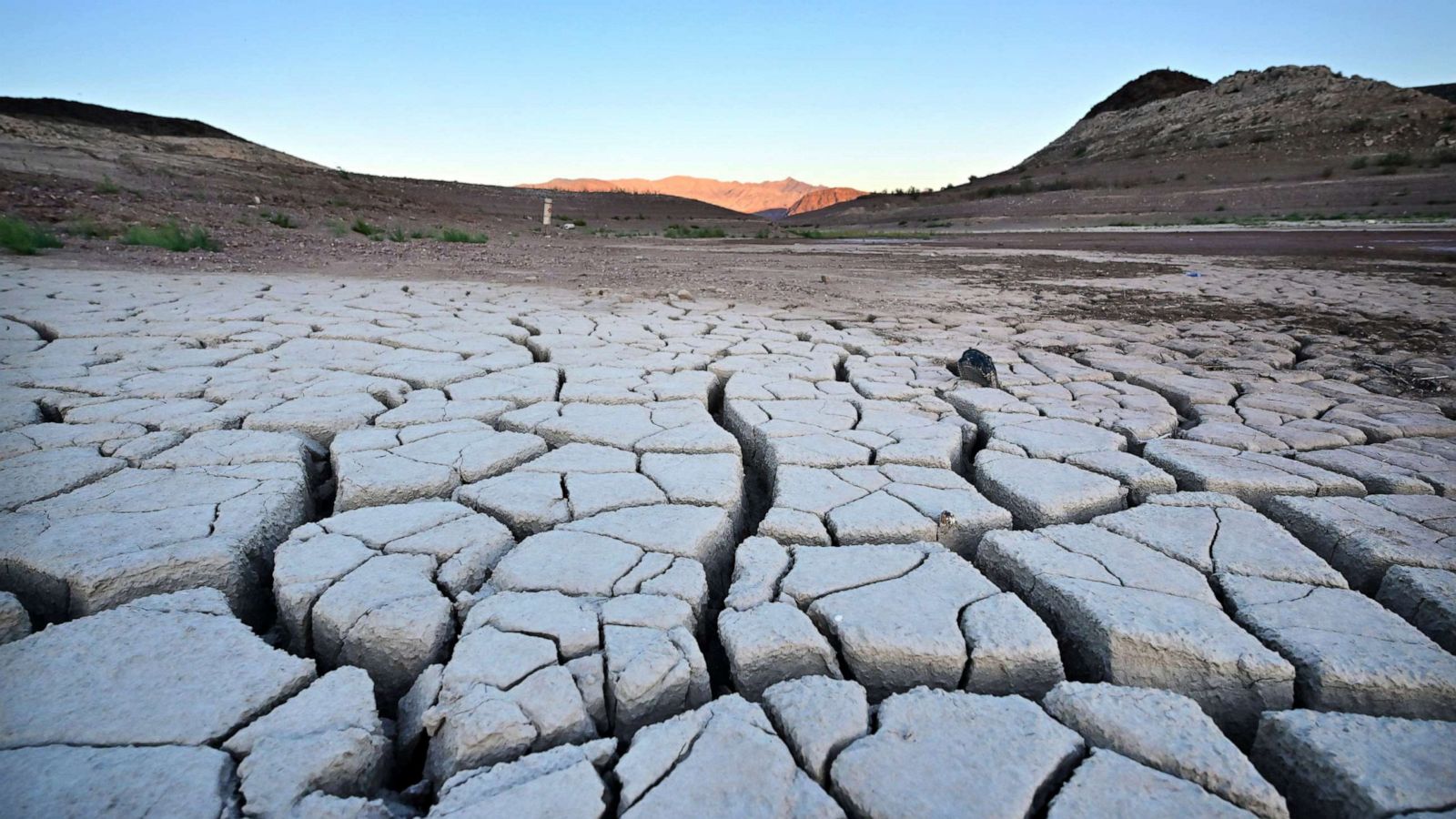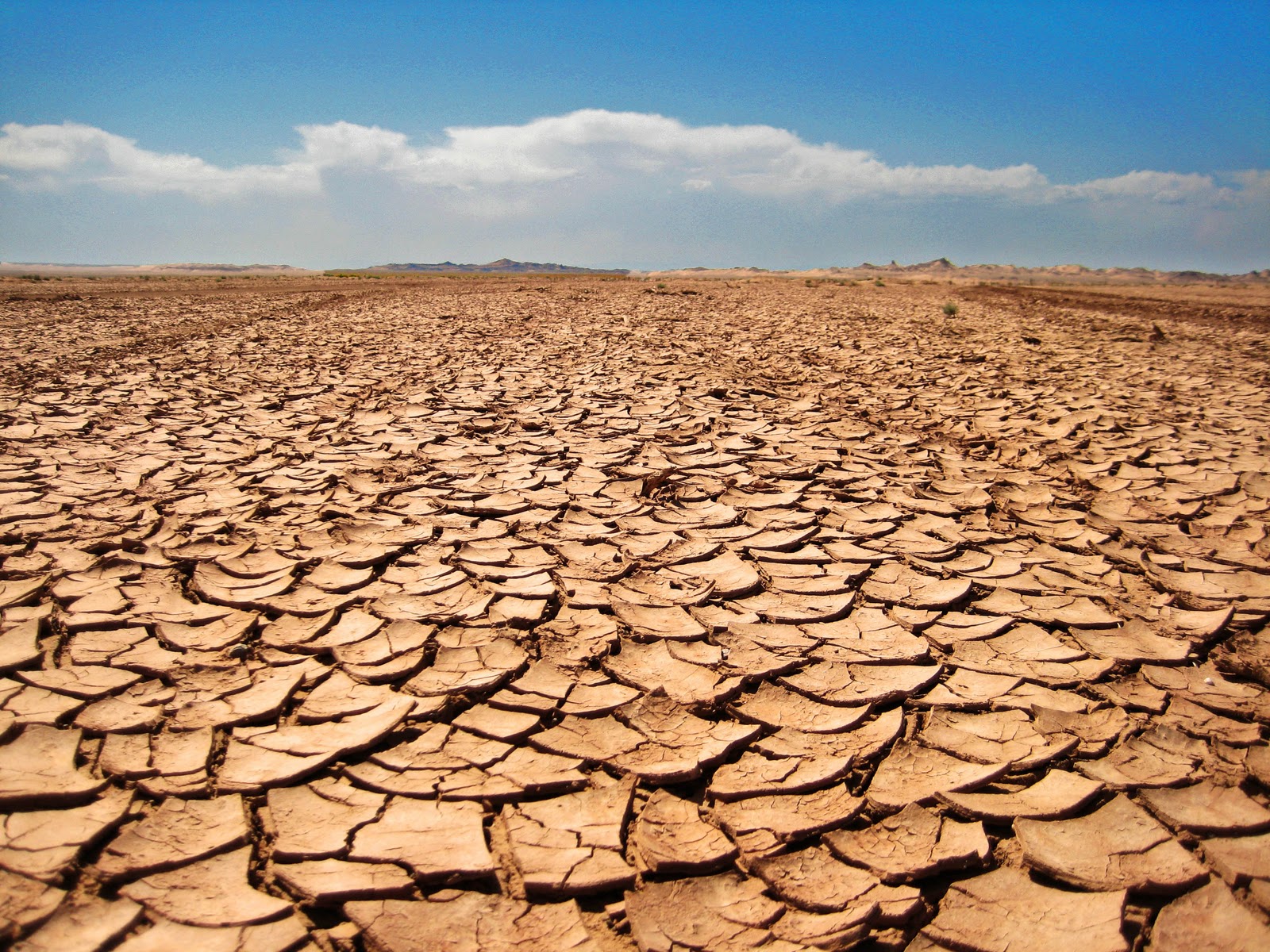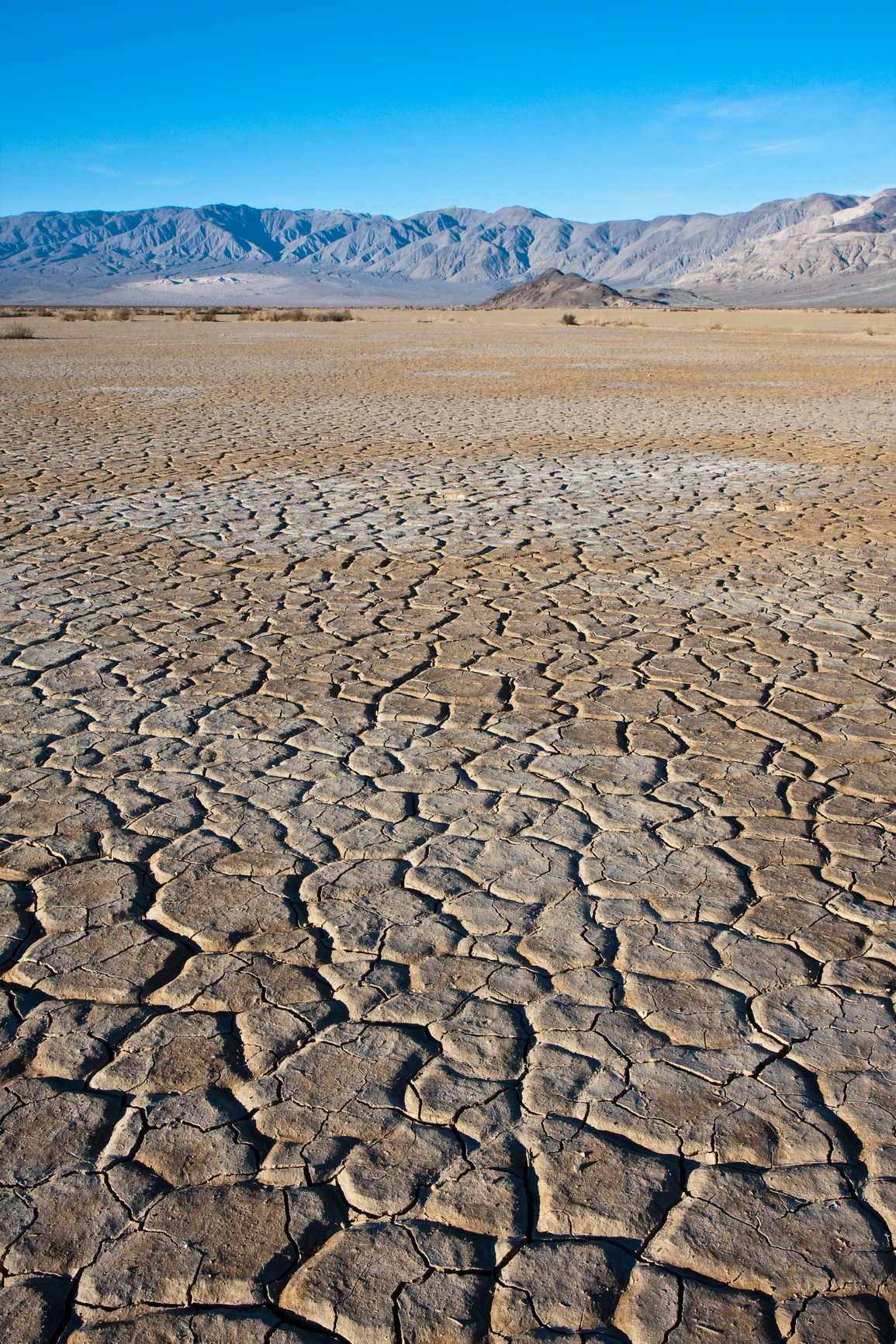It's a moment many of us dread: that splash, that accidental drop, and suddenly, your phone's charging port is looking a little too damp. You might even see a warning pop up on your screen about liquid detection. That feeling of panic is totally normal, yet there are genuinely helpful things you can do to assist your device.
A wet phone port can be a real problem, stopping your phone from taking a charge or even causing bigger, more lasting issues down the line. It's truly about getting that moisture out, so your phone can work right again. This guide is here to walk you through the proper steps, helping you understand how to approach this common, yet stressful, situation with care.
Understanding what "dry" means for your phone is quite important here. As my text explains, "The meaning of dry is free or relatively free from a liquid and especially water." It means being free from any liquid, especially water, which can mess with the tiny, sensitive parts inside your phone's port. We'll show you how to handle this mishap with thoughtful action, so you can hopefully get your phone back to its usual self, you know?
Table of Contents
- Understanding the Risk of a Wet Phone Port
- First Steps When Your Port Gets Wet
- What NOT to Do: Avoiding More Damage
- Gentle Drying Techniques for Your Phone Port
- Patience is a Virtue: How Long to Wait
- When to Seek Professional Help
- Common Questions About Drying Phone Ports
Understanding the Risk of a Wet Phone Port
When your phone port gets wet, it's not just about a little dampness; water can cause corrosion, and that's a genuinely significant concern. Electrical components really don't mix well with moisture, you know? It can short out circuits, which basically means your phone stops working, perhaps even permanently. So, getting it dry quickly and correctly is pretty important for its continued operation.
The definition of "dry" in this context is truly free from any liquid, especially water. As my text says, "Dry is the general word indicating absence of water or freedom from moisture." It's about making sure there's absolutely no water in, on, or around the delicate connectors that allow your phone to charge or connect to other devices. Even a tiny bit of moisture can be a problem, causing issues like charging failures or, worse, permanent damage to the internal workings. It's like, you really want it completely clear and unhindered.
Water can also leave behind mineral deposits as it evaporates, and these deposits can interfere with the electrical connection over time. This is why you might get a "liquid detected" warning even after some time has passed, as my text mentions: "However, sometimes you can get this notification even when your phone is completely dry." These residues can act as tiny barriers, preventing a good connection. So, a thorough and careful drying process is actually needed to avoid these lingering problems, ensuring everything works as it should.
The internal parts of your phone are incredibly sensitive, and water can reach places you wouldn't expect. This can lead to slow, hidden damage that might not show up right away but could cause problems weeks or even months later. That's why being proactive and careful when your phone gets wet is so important. It's really about protecting your investment, you know?
First Steps When Your Port Gets Wet
The very first thing you should do, obviously, is to power down your phone right away. This cuts off the electrical current, which helps prevent short circuits from the water. Don't even think about plugging it in or trying to charge it at this point; that's just asking for trouble and could cause more significant damage. So, hit that power button immediately, you know?
Next, as Apple suggests, you should gently tap your phone against your hand. You want the connector port facing down when you do this. This action is meant to help any excess liquid drip out naturally. It's a simple step, but it can actually make a bit of a difference in getting those initial, visible drops out of there, preventing them from going deeper into the device. Just a few gentle taps should do it.
After that, find a spot that's dry and has some good airflow. My text says, "Leave your iphone in a dry area with some airflow." This isn't about putting it on a heater or anything; it's just about letting nature do its thing, allowing the surrounding air to help evaporate the moisture naturally. So, a table in an open room is typically better than a closed drawer or a cramped space, as it allows for better air circulation. You want air to move around it, basically.
It’s also a good idea to remove any cases or accessories from your phone. These can trap moisture and prevent proper air circulation around the port and other openings. Taking them off allows for maximum exposure to the air, which is what you're aiming for. So, strip it down, you know, just for a little while.
As of May 17, 2024, these initial steps remain the most crucial immediate actions you can take. They are universally recommended for reducing the initial impact of water exposure on your device's sensitive components. Acting fast, but with care, is truly the best policy here.
What NOT to Do: Avoiding More Damage
This part is really, really important: do not use external heat sources. That means absolutely no hairdryers, no ovens, no microwaves, and no direct sunlight that's too intense. My text specifically warns, "However, using an external heat source or compressed air can damage your phone." High heat can warp internal components, melt adhesives that hold your phone together, or just plain fry the delicate electronics. It's honestly just not worth the risk, as the damage could be far worse than the water itself.
Also, stay away from compressed air. While it might seem like a good idea to blow the water out, it can actually force liquid deeper into your phone's interior. This can spread the moisture to areas that were previously dry, creating more widespread problems and potentially pushing water into critical circuits. So, resist the urge to blast it with air; it's truly counterproductive, you know?
And, perhaps surprisingly to some, avoid the old "rice trick." While many people suggest putting a wet phone in a bowl of rice, this method isn't really effective, and it can even be harmful. Rice dust and starch can get into the port and other openings, causing more damage or blocking connections later on. It can also trap moisture rather than absorb it, creating a humid environment that can actually promote corrosion. It's actually a common misconception, so it's best to skip it entirely, basically.
Do not attempt to charge your phone or plug in any accessories until you are absolutely certain the port is completely dry. As my text indicates, you might get a warning about liquid in the charging port. Plugging it in while wet can cause a short circuit, leading to permanent damage to the charging port or even the phone's main logic board. This could render your phone unusable. So, just wait it out, you know?
Similarly, avoid shaking your phone vigorously. While a gentle tap to remove excess liquid is fine, shaking it hard can cause water to move around inside the device, spreading it to previously unaffected areas. This can turn a minor problem into a major one very quickly. It's really about being gentle and allowing gravity and air to do their work.
Do not insert cotton swabs, paper towels, or any other objects into the charging port itself. The port is very delicate, and even soft materials can leave behind fibers or cause physical damage to the tiny pins inside. This can prevent proper charging or data transfer even after the moisture is gone. So, keep foreign objects out of there, you know?
Gentle Drying Techniques for Your Phone Port
The best approach is a gentle, patient one, allowing natural processes to do most of the work. After turning your phone off and tapping out the initial drops, place your phone in a dry area with some airflow, as my text suggests. This could be on a desk, near an open window, or anywhere that isn't humid or dusty. The goal is to allow natural evaporation to happen slowly and safely, ensuring all moisture has a chance to escape. You want to give it time, basically.
You might consider using a desiccant, which is a substance that absorbs moisture from the air. Silica gel packets, the little packets you often find in new shoes, bags, or electronics, are a good option for this. Place your phone and a few silica gel packets together in a small, airtight container for a few hours or even overnight. This creates a low-humidity environment that helps draw out the moisture more effectively than just air drying alone. It's a bit like a controlled drying chamber, you know, and can speed up the process safely.
For the port itself, if you can see visible moisture right at the opening, you can try a very, very gentle dab with a cotton-free material, like a very fine microfiber cloth or a piece of tissue paper, folded to a tiny point. But be incredibly careful not to push anything deeper into the port. This is only for visible surface moisture, and you should use an extremely light touch. It's really about dabbing or blotting, not poking or scrubbing. Just a light touch, that's it, to absorb what's easily accessible.
Ensure the area where you place your phone for drying is clean and free of dust or lint. These tiny particles can get into the wet port and cause blockages or further issues once the phone is dry. A clean, flat surface is ideal. So, pick a good spot, you know, somewhere tidy.
Periodically, you can gently re-tap the phone with the port facing down, just to see if any more drops emerge. Do this carefully, though, and not too often. The idea is to aid gravity, not to force anything. It's a subtle way to check on its progress, more or less.
Patience is a Virtue: How Long to Wait
This is probably the hardest part for many people: waiting for your phone to dry. You might be tempted to check your phone every few minutes, trying to turn it on or plug it in, but resist that urge. My text mentions, "After at least 30 minutes, try charging with a lightning or..." but honestly, for a truly dry port and to ensure no internal damage, you'll probably need much more time than that. A good rule of thumb is to wait at least 24 to 48 hours, especially if it was a significant dunk or exposure to water. It's like, you really need to give it ample time to work its magic, naturally.
During this entire waiting period, keep your phone powered off. Do not try to charge it, do not try to turn it on, and do not try to plug anything into the port. Every single time you attempt to use it, you risk sending electricity through potentially wet circuits, which can cause irreversible damage to the phone's internal components. So, just let it rest, you know, completely undisturbed.
Even if the "liquid detected" warning goes away after a few hours, it's still a very good idea to give it more time. Sometimes, moisture can linger in tiny crevices or under components, and it might not show up immediately on the sensor. A full day or two of consistent air drying or desiccant use gives the best chance for complete moisture removal and reduces the risk of long-term problems. This is apparently a common issue, so patience really helps prevent future headaches.
Think of it like drying a thick book; the surface might feel dry, but the pages inside can still hold moisture. Your phone is similar, with many layers and small spaces where water can hide. Rushing the process can lead to hidden corrosion that only appears much later. So, be thorough with your waiting period, you know, it's worth it.
For best results, keep the phone in the dry, airy environment for the entire recommended period. Avoid moving it around too much or exposing it to fluctuating temperatures. Consistency in the drying environment helps ensure a more complete moisture removal process. So, find a good spot and leave it be, basically.
When to Seek Professional Help
If, after following all the gentle drying steps and waiting patiently for 24 to 48 hours, your phone still isn't working right, or if the "liquid detected" warning persists, it might be time to get some professional help. Sometimes, the damage is just too extensive for home remedies, or the water has reached parts you can't access or properly assess. You know, some things just genuinely need an expert touch.
A professional repair shop or the phone's manufacturer service center can properly assess the damage. They have specialized tools and knowledge to open the phone safely, inspect internal components for corrosion, and perform necessary repairs that aren't possible at home. They can often tell if the water damage indicators inside your phone have been triggered, which gives them a clear picture of the extent of the liquid exposure. It's really about getting a proper diagnosis from someone who knows what they're doing.
Don't try to open your phone yourself unless you're a trained professional with the right tools and expertise. Doing so can void your warranty and potentially cause more damage, making a repair even more costly or impossible. It's usually best to leave complex repairs to those who know what they're doing, especially with delicate electronics like smartphones. So, if things aren't looking good after your best efforts, it's probably best to hand it over to someone else, you know?
They can also provide a clear estimate of the repair costs, helping you decide if repairing the phone is a better option than replacing it. Sometimes, the cost of repair might be close to the cost of a new device, so having a professional evaluation helps you make an informed choice. It's good to have all the facts, basically.
Remember, even if your phone seems to be working fine after drying, keep an eye on it for any unusual behavior, like battery draining faster or certain functions not working as smoothly. These could be signs of underlying, lingering water damage that might need professional attention later on. So, stay observant, you know?
Common Questions About Drying Phone Ports
What happens if I don't dry my phone port?
If you don't properly dry your phone port, you're looking at potential corrosion and short circuits. Water and electricity are definitely not friends, and moisture can cause the tiny metal contacts inside the port to rust or break down over time. This can lead to charging problems, accessory issues, or even complete failure of your phone. So, it's pretty important to get it dry
Detail Author:
- Name : Dr. Aurore O'Reilly II
- Username : nharris
- Email : flatley.missouri@klocko.info
- Birthdate : 2003-02-05
- Address : 91399 Hermiston Point Suite 622 Port Lamont, AZ 86909-2500
- Phone : (334) 400-5461
- Company : Gottlieb LLC
- Job : Architecture Teacher
- Bio : Autem voluptatem laborum consequatur distinctio temporibus suscipit ea. Veniam et maiores iure qui. Omnis repellendus dolor rerum nam assumenda rerum.
Socials
twitter:
- url : https://twitter.com/lela_windler
- username : lela_windler
- bio : Nemo qui praesentium et quia. Eveniet qui sunt iure et. Qui sed autem velit quia iure.
- followers : 2357
- following : 836
instagram:
- url : https://instagram.com/lelawindler
- username : lelawindler
- bio : Quo recusandae eius sunt sit in dolores. Quia assumenda rerum non rerum aliquid deleniti sit.
- followers : 2880
- following : 1626
linkedin:
- url : https://linkedin.com/in/lelawindler
- username : lelawindler
- bio : Est ipsum numquam et ullam dolores.
- followers : 5751
- following : 2144
tiktok:
- url : https://tiktok.com/@lela.windler
- username : lela.windler
- bio : Ut eos consequatur voluptate. Soluta aut veritatis quis voluptatem debitis.
- followers : 513
- following : 2094


